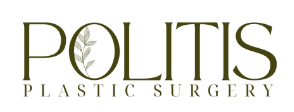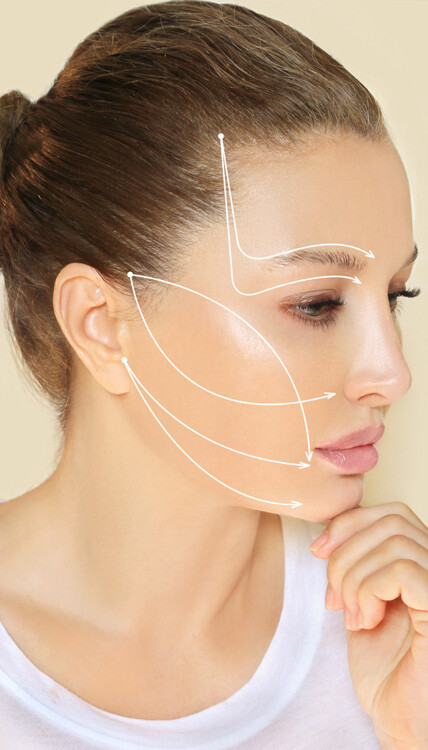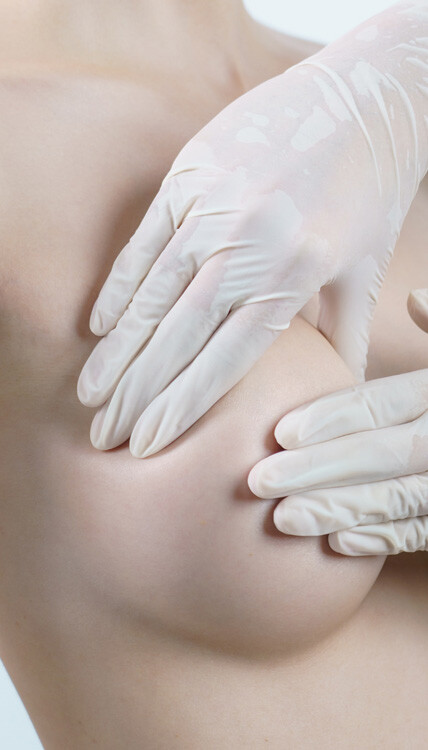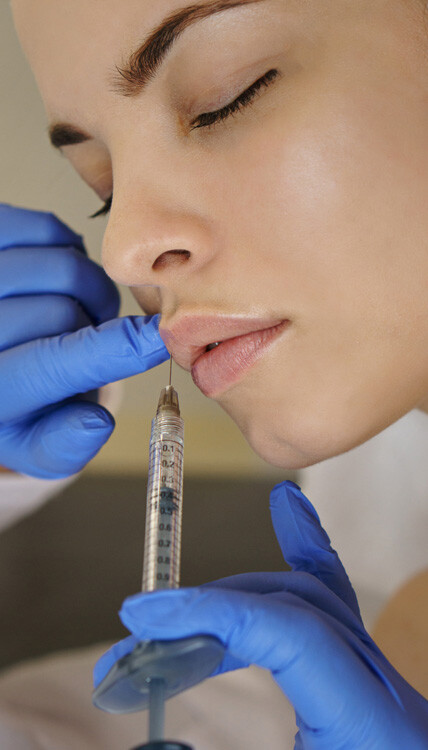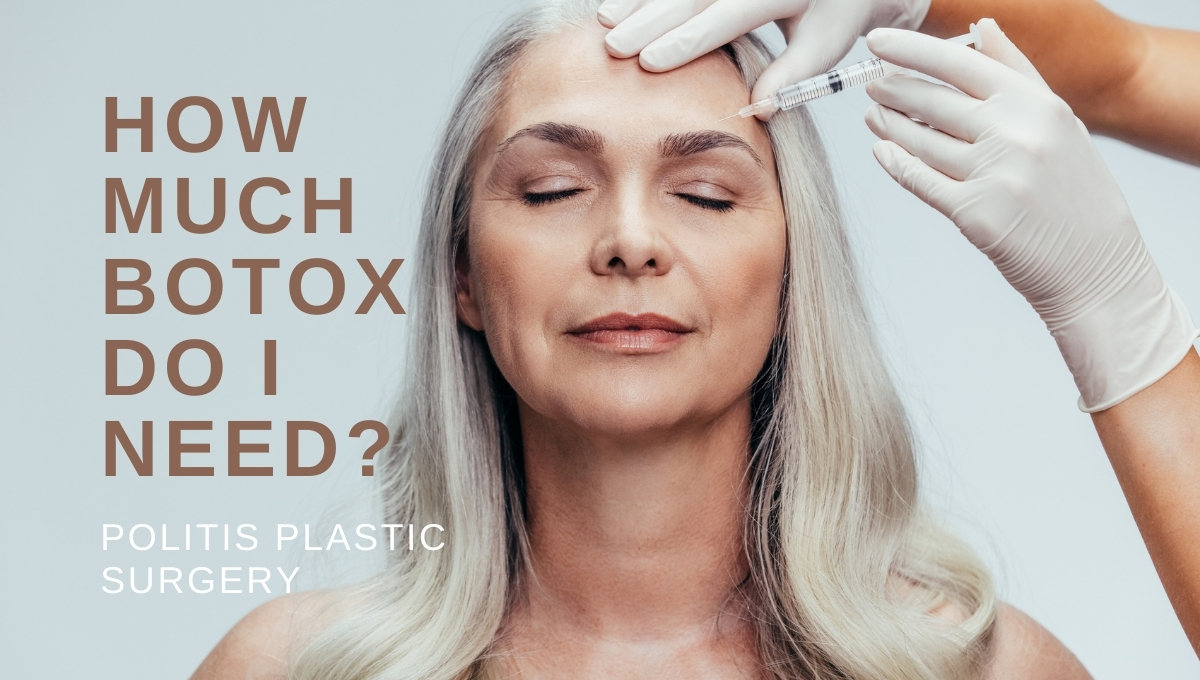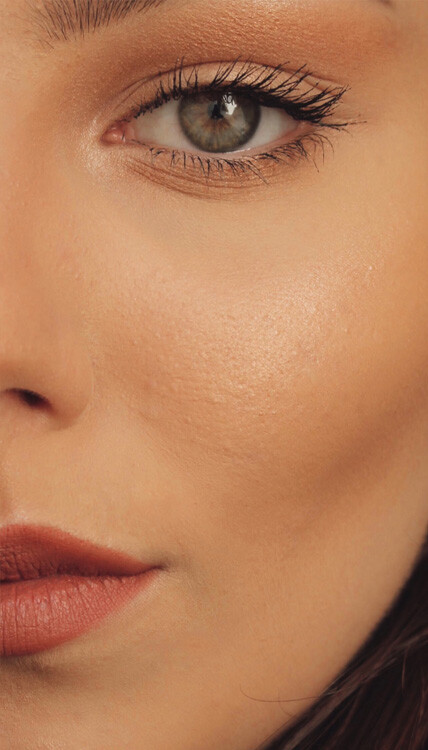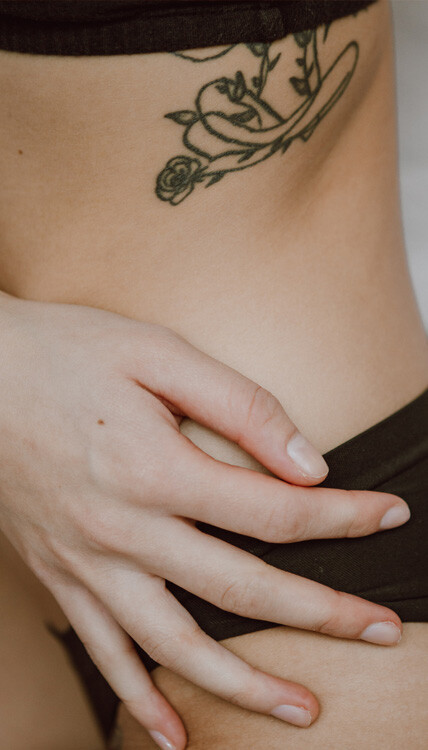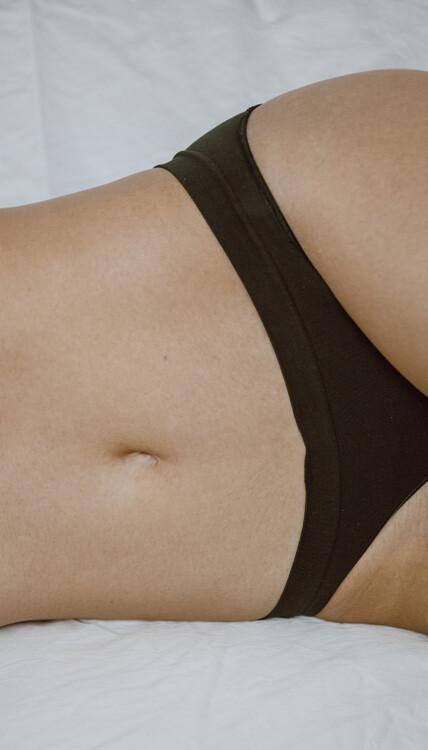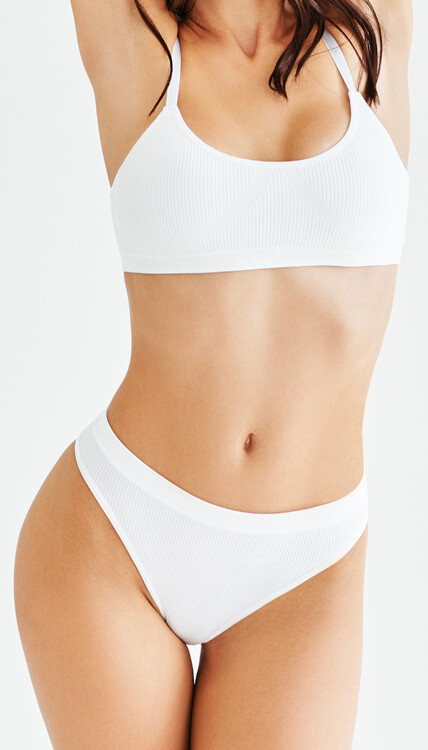Childbearing can bring significant changes to a woman’s body. After experiencing the beauty and struggles of raising a child, many women try to improve their bodies after their pregnancies. They do various workouts and try different diets to get back into shape.
However, the effects of pregnancy and breastfeeding—sagging breasts, lax tummy muscles, abdominal stretch marks, and the increased fat in the upper arms and thighs—are still all over the body. Plus, working out consistently while managing the household or keeping a career can prove challenging and increasingly frustrating.
However, there may be a way to help you get back your pre-pregnancy body.
At Politis Plastic Surgery, we offer a safe and effective mommy makeover that restores the shape and appearance of a woman’s body after childbearing.
What is a mommy makeover?
Mommy makeover is a broad term for total body rejuvenation after having children. It is a personalized series of surgical procedures designed to revitalize the body after the stress of pregnancy and breastfeeding. It involves addressing any problem areas of the breast, the abdomen, and the body as a whole. For the breast, you may either require a breast reduction, breast augmentation, or mammoplasty. When it comes to the abdomen, it usually requires a full abdominoplasty or tummy tuck.
A delicate blend of procedures
If you qualify for a mommy makeover, your treatment is tailored to suit your unique needs. Since your breasts and abdomen are the primary areas that change with motherhood, your procedure will begin with breast and abdomen contouring before adding the other elements.
For breasts that are disproportionately large and uncomfortable, you can get a breast reduction to bring them to your ideal size and appearance. You may also get a breast lift to raise your breast and nipple position. It can help eliminate sagging skin, restore volume, shape, perkiness, and give a more youthful look. Breast implants may also be used in this process.
For pockets of fat, sagging skin or stretch marks, a tummy tuck will be considered for your mommy makeover. A tummy tuck (also called abdominoplasty) repairs separated muscles and removes excess, sagging skin, creating a smooth, taut tummy.
When you have stubborn fat accumulated on your midsection, particularly on the lower stomach or around the hips—that won’t go away no matter how often you go to the gym or how good your diet is, liposuction will be included in your mommy makeover. Liposuction will improve the contours of your hips, balance your body proportions, and enhance the results of the other procedures.
How soon will you get back to routine activities?
Your mommy makeover may be conducted in a single operation or spread out over multiple surgical sessions. You will have the surgery on an outpatient basis, allowing you to recover at home.
After your surgery, you may be recovering at home for 1 or 2 weeks, depending on your specific procedures. It would be best if you made prior arrangements for your recovery period by ensuring that you have a caregiver at home who can help you with chores, childcare or other tasks.
Early in the recovery period, you will feel sore, swollen, and bruised. Pain can usually be managed effectively with pain-relieving medication. By the second week, the pain and soreness should have subsided and your drains should be out, but the swelling may have only partially subsided.
You will be back to your routine and regular daily activities within a week. And in the following weeks, you should see steady healing culminating in full recovery by the sixth week.
Why Politis Plastic Surgery?
At Politis Plastic Surgery, we prioritize your comfort, safety, and privacy. We allow you to work with a reputable, board-certified plastic surgeon with a track record for excellent results.
Dr. Effie Politis is a skilled, compassionate, and experienced surgeon who has performed many mommy makeovers. Rest assured that your procedure will be physically and emotionally transforming and give you more confidence and zest for life.
If you are struggling with sagging breasts, stubborn fat deposits, and a protruding abdomen even when you eat healthily and exercise regularly, trust Dr. Effie Politis to help you bring your post-baby body back to its pre-pregnancy shape.
For more information on mommy makeovers and other plastic surgery procedures, visit the Politis Plastic Surgery website.
